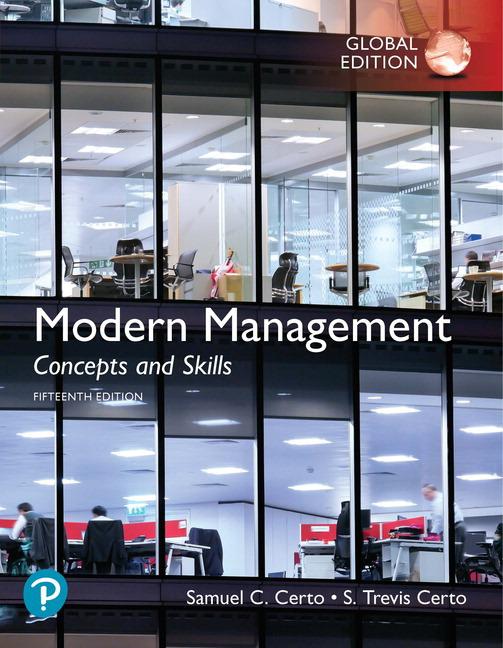Question
Case 1 Cost-Volume-Profit (CVP) analysis + marginal analysis You are the manager in Bright company that produces paper bags for food shops and supermarkets. You
Case 1 Cost-Volume-Profit (CVP) analysis + marginal analysis
You are the manager in Bright company that produces paper bags for food shops and supermarkets. You are provided with following information:
- Bright company is able to produce 80,000 packs of bags.
- Its current sale volume is 60,000 packs of bags per year. This has achieved its maximum sale force.
- Current selling price is $12 per pack of bags.
- Variable costs in total are $240,000;
- Fixed costs are $ 150,000.
A newly established shop has approached you, informing a willingness of purchasing 10,000 packs of bags per year at a price of $6 for each bag. If this proposal is accepted, unit variable costs would remain the same however fixed costs would increase by $10,000 per year.
Required:
- Discuss whether this proposal is worthwhile from a financial point of view.
- Analyze, if your competitor in the paper industry knows the above cost and price information, what action(s) may the competitor take to beat you in the market.
Case 2 Activity-based Costing (ABC) vs. Time-based Costing
Hello company manufactures three products, A, B and C.Forecast data concerning overheads (indirect costs) of the products for the next period as follows.
| A | B | C | |
| Forecast output (units) | 50 | 60 | 80 |
| Machine hours per unit | 2 | 3 | 4 |
| Number of customer orders | 10 | 10 | 15 |
| Number of quality control inspections | 20 | 30 | 20 |
| Number of engineering consultancies | 10 | 8 | 7 |
| Areas of workshops (m2) | 2,500 | 5,000 | 2,500 |
Cost pools and related cost drivers
Cost pool $ Cost driver
Machine operating 30,000 Machine hours
Order processing 7,000 No. of customer orders
Quality control 4,000 No. of quality control inspections
Engineering consultancy 2,500 No. of engineer consultancies
Rent of the campus 10,000 Areas of workshops
Required
Calculate the overhead cost to be absorbed by each of the products using the following absorption costing methods.
- A traditional absorption method based on a machine hour rate.
(2) An activity-based method, using the relevant cost drivers to trace overhead costs to the individual products.
Case 3: Flexible budgets and variance analysis
Mary is a principal of a school which provides education and accommodation for students. The school secretary prepared the following summary of costs for 2020, including a column showing the original budget for 2020.
| The School - cost analysis | 2020 budget | 2020 actual |
| Number of students | 200 | 180 |
| Fixed costs | ||
| Utilities | $ 60,000 | $ 64,000 |
| Janitorial services | 40,000 | 38,000 |
| Repairs and maintenance | 32,000 | 28,000 |
| Salaries for non-convent employees | 180,000 | 190,000 |
| Total fixed costs | 312,000 | 320,000 |
| Variable costs | ||
| Food | 1000,000 | 920,000 |
| Clothing | 90,000 | 82,000 |
| Laundry & Linen Service | 30,000 | 25,000 |
| Educational costs | 60,000 | 52,000 |
| Allowances | 50,000 | 48,000 |
| Total variable costs | 1,230,000 | 1,127,000 |
| Total Costs | 1,542,000 | 1,447,000 |
Mary is pleased that total costs were below budget for the year, but she wonders if this is partly due to the fact that the school enrolled fewer children than expected for the year.
Required:
- Prepare a flexible budget for 2020, based on the number of children actually enrolled in 2020.
- Should Mary be satisfied with the school's cost management in 2020? Explain.
Step by Step Solution
There are 3 Steps involved in it
Step: 1

Get Instant Access to Expert-Tailored Solutions
See step-by-step solutions with expert insights and AI powered tools for academic success
Step: 2

Step: 3

Ace Your Homework with AI
Get the answers you need in no time with our AI-driven, step-by-step assistance
Get Started


